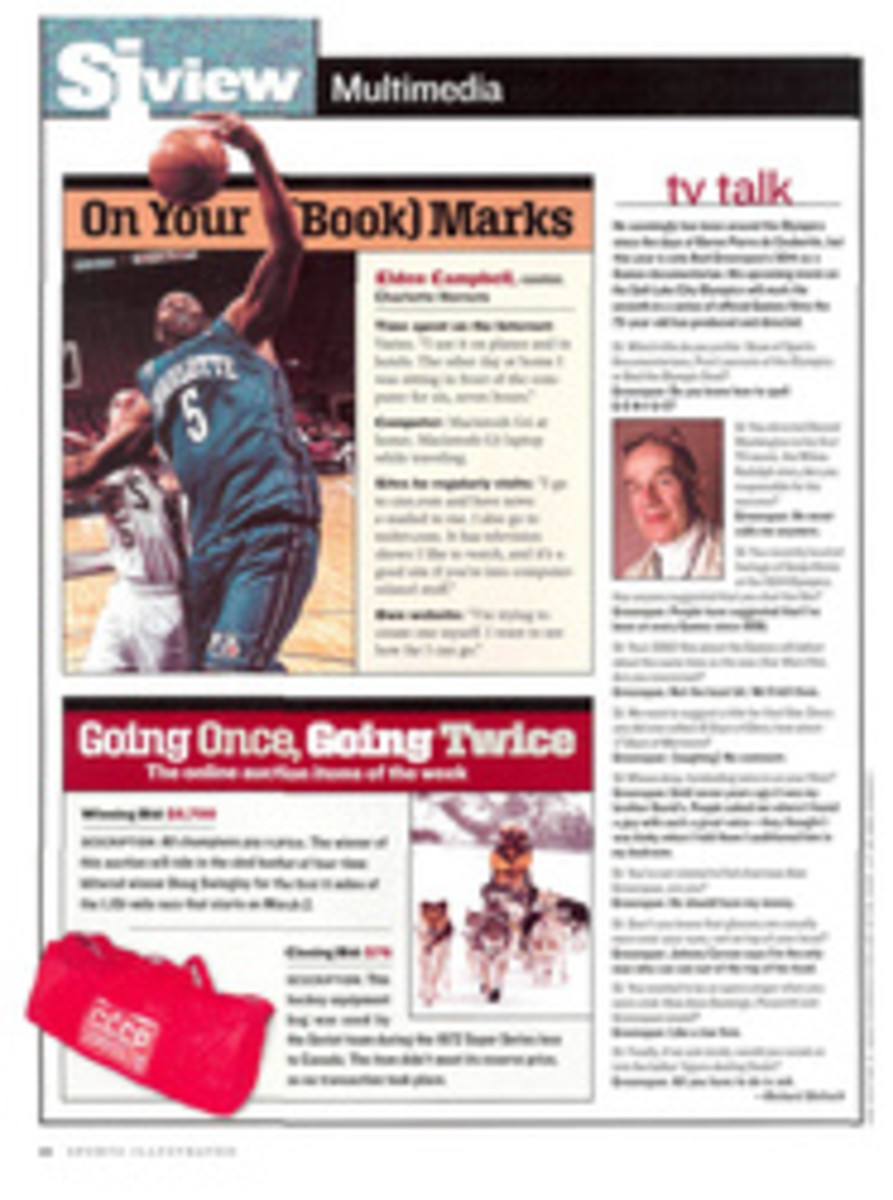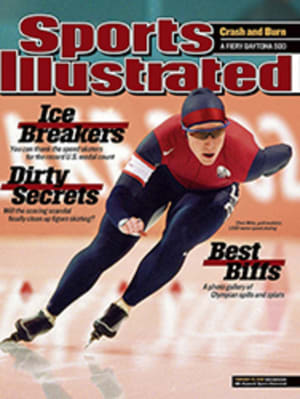
Big Play Scott McCarron lost the Nissan Open when he fell victim to Riviera's curse of the kikuyu
Having played in the 1981 and '82 L.A. Opens, I've seen enough
of the Riv to know the course's cardinal rule: chip over, not
through, the kikuyu grass. Kikuyu is as thick as Brillo, which
makes bump-and-run shots virtually impossible. Scott McCarron
should have known that--Riviera was one of UCLA's home tracks
when he was a Bruin in the mid-'80s--but on Sunday he landed his
chip at 17 in the kikuyu, and his ball checked up 10 feet short
of the hole. He then missed a crucial birdie putt. On the final
hole, tied at 15 under with his playing partner, Len Mattiace,
McCarron pulled his approach 25 feet from the flag into the
second cut of rough. Although his ball was sitting down, he
pulled his long putter instead of a wedge, and his putt bounced
left off a tuft of grass and, after rolling through the kikuyu
fringe, stopped seven feet short (above). After McCarron missed
his par putt, Mattiace tapped in for his first victory in eight
seasons on Tour.
COOL CAT Sure, McCarron gagged, but Mattiace didn't back into
this one. He stayed on McCarron's heels with a run of four
birdies in five holes, capped by the spectacular shot he drained
for bird from a deep greenside bunker at the par-4 12th. He
displayed the savvy of a veteran on the last five holes, avoiding
the curse of the kikuyu by firing approaches to the middle of the
greens.
OPEN AND SHUT The 2008 U.S. Open auditions are over, and
selecting a winner is a no-brainer. The retooled Riv was
supposed to play longer and harder, but the winning score (15
under) was three shots lower than the champions' average score
in the 10 previous Nissans. The bluecoats won't care for that,
but I bet they loved Tiger's 77 at Torrey Pines during the
second round of the Buick Invitational. Other bad news for
Riviera: Pros were punching eight-irons to the Riv's outdated
18th last week, while Torrey's closer is a three-shot par-5
that's easily converted into a backbreaking, 500-yard par-4. As
much as I love the Riv, my vote goes to Torrey.
Lyford is the director of instruction at the Golf Digest School
at Cranwell in Lenox, Mass., and one of Golf Magazine's Top 100
Teachers.
FIVE COLOR PHOTOS: COURTESY OF CBS (TOP)
COLOR PHOTO: PORTER BINKS
THE TIP
To master tricky greenside chips, especially from gnarly grass
like kikuyu, pick a spot on the green where you want the ball to
land. Smart golfers use a variety of clubs but always the same
swing when chipping, letting the trajectory of the ball determine
the amount of run. Here are three steps to follow when chipping.
1. Pick a spot Whether you're 25 feet or 25 yards from the
flagstick, select a target three to six feet onto the green.
2. Pick a club The closer you are to the flagstick, the less run
you'll need. McCarron was 25 feet from the hole at 18, so he
needed a sand or lob wedge. Had the flag been on the other side
of the green, he might have used a seven- or an eight-iron to get
more roll.
3. Swing away Set the shaft slightly forward so the club and your
target-side arm form a straight line. Maintain that line on the
backswing (which should be no more than two feet long), at impact
and during the follow-through.

